Just unpacked your new bread machine and can’t wait to get baking? Hold on a minute! The secret to that perfect, brag-worthy loaf is choosing the right yeast. Let’s dive into why selecting the best yeast for bread machines is a game-changer for your homemade bread.
So, let’s look at the different yeasts available and why those differences matter when you’re mixing up dough for the bread maker.
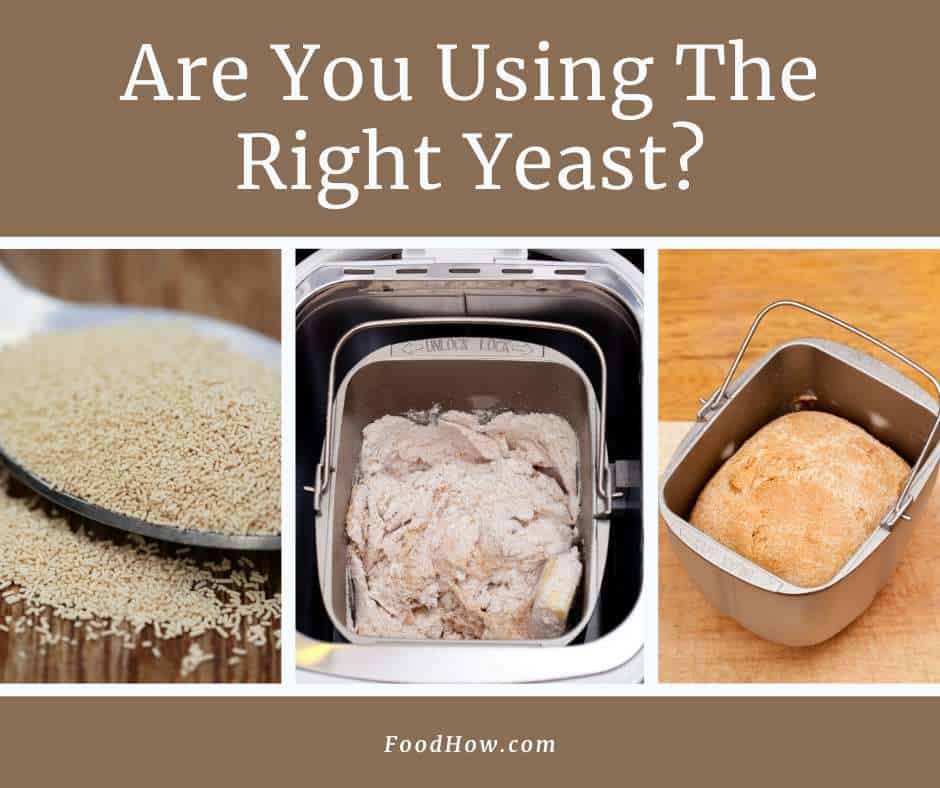
What Is Yeast And How Does It Work?
What Yeast Is: Yeast is a living, single-celled fungus that plays a crucial role in bread baking. It transforms starches into carbon dioxide gas, allowing bread to rise. It’s been a cornerstone of bread-making for thousands of years, and its fungal classification doesn’t diminish its culinary importance.
Why Choose Yeast: Among various leavening agents, yeast stands out for two reasons. First, it allows for a slower, more controlled rise compared to rapid agents like baking soda or baking powder. Second, yeast contributes its own unique flavors to the dough, something chemical leavening agents can’t offer.
The Diversity of Yeast: There are approximately 160 different species of yeast, existing in a variety of environments. Some yeast strains, like the one used in San Francisco sourdough, are region-specific and offer unique flavors. These specialized yeasts can often be purchased in a dehydrated form for home baking.
How Yeast Works in a Bread Machine: When baking bread, especially in a bread machine, understanding the yeast activation process can be helpful.
- Mixing warm water with yeast “awakens” the dormant cells.
- Once active, the yeast consumes added sugars or sugar found in the flour.
- This consumption process produces carbon dioxide gas, causing the dough to rise.
- As the dough rises, it captures the gas bubbles, which leads to the bread’s characteristic fluffy texture.
Different Types Of Bread Yeast
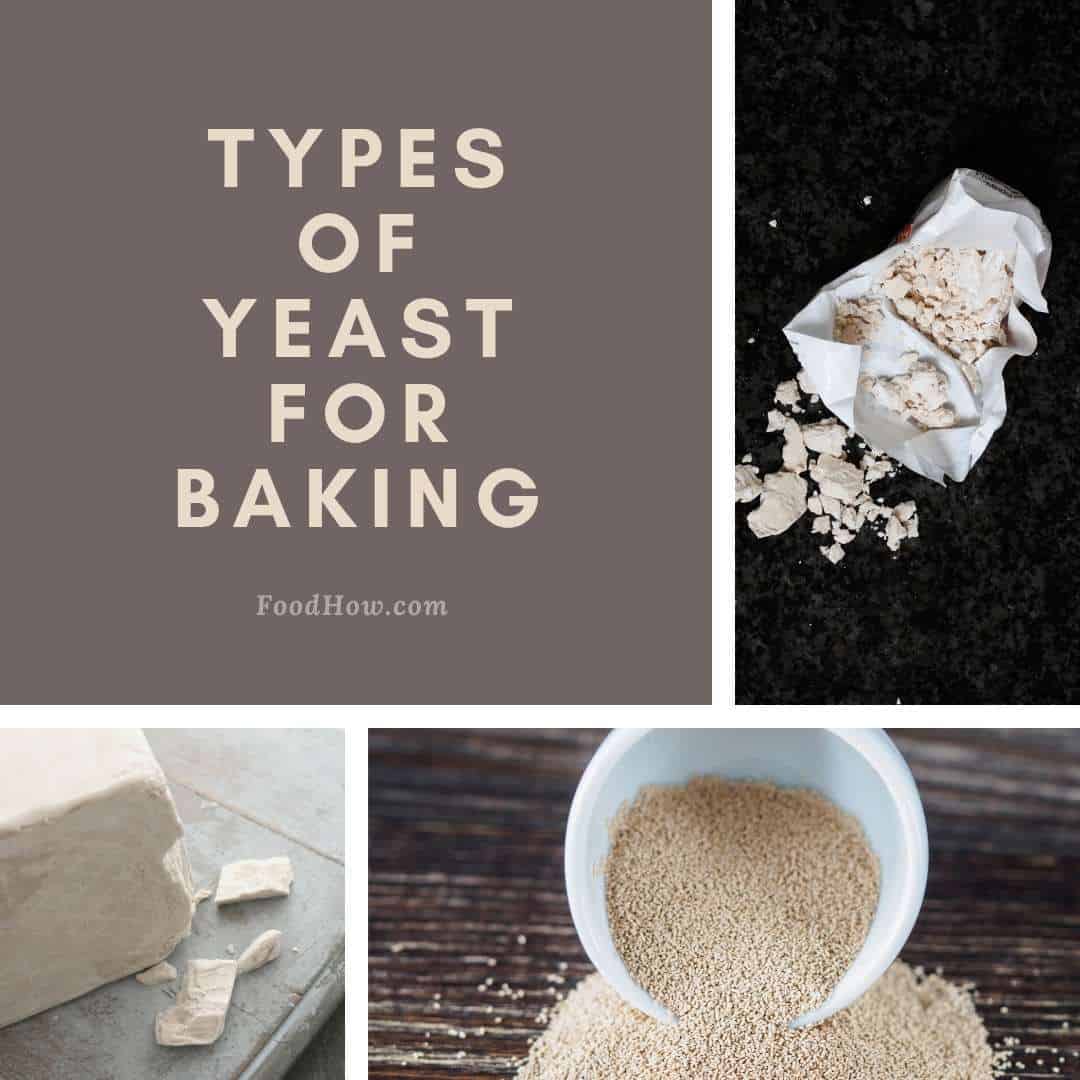
While several species of yeast exist, only a few are commonly used for bread baking.
Here are the ones you’ll likely encounter:
1. Dry Yeast
The dry yeast category primarily consists of two main types, each with its own distinct characteristics.
- Active Dry Yeast: This is the most commonly used yeast in home baking. It comes in small packets and needs to be activated in warm water before being added to the dough. It has a longer shelf life compared to other yeasts.
- Instant Yeast: Also known as ‘rapid rise,’ ‘quick rise,’ or sometimes ‘bread machine yeast,’ this yeast is fast-acting and doesn’t require activation. You can add it directly to your other ingredients, making it a convenient option.
2. Fresh Yeast
Fresh yeast is less commonly found in stores and is usually located in the dairy aisle. It’s perishable and should be used within a few weeks. To use fresh yeast, you’ll need to crumble it and either proof it in warm water like active dry yeast or add it directly to your dough.
3. Osmotolerant Yeast
This yeast adds a pleasant, sugary flavor to the bread. If you try to sweeten dough with plain sugar, it will be too heavy to rise, but osmotolerant yeast can give the same taste while keeping the bread light and fluffy. It is usually labeled in stores as SAF Gold Instant Yeast and is both harder to find and more expensive.
Related article: Fresh yeast won’t last long if not looked after properly. Here is how to store it to keep it alive.
What Is The Best Yeast For Bread Machine Use?
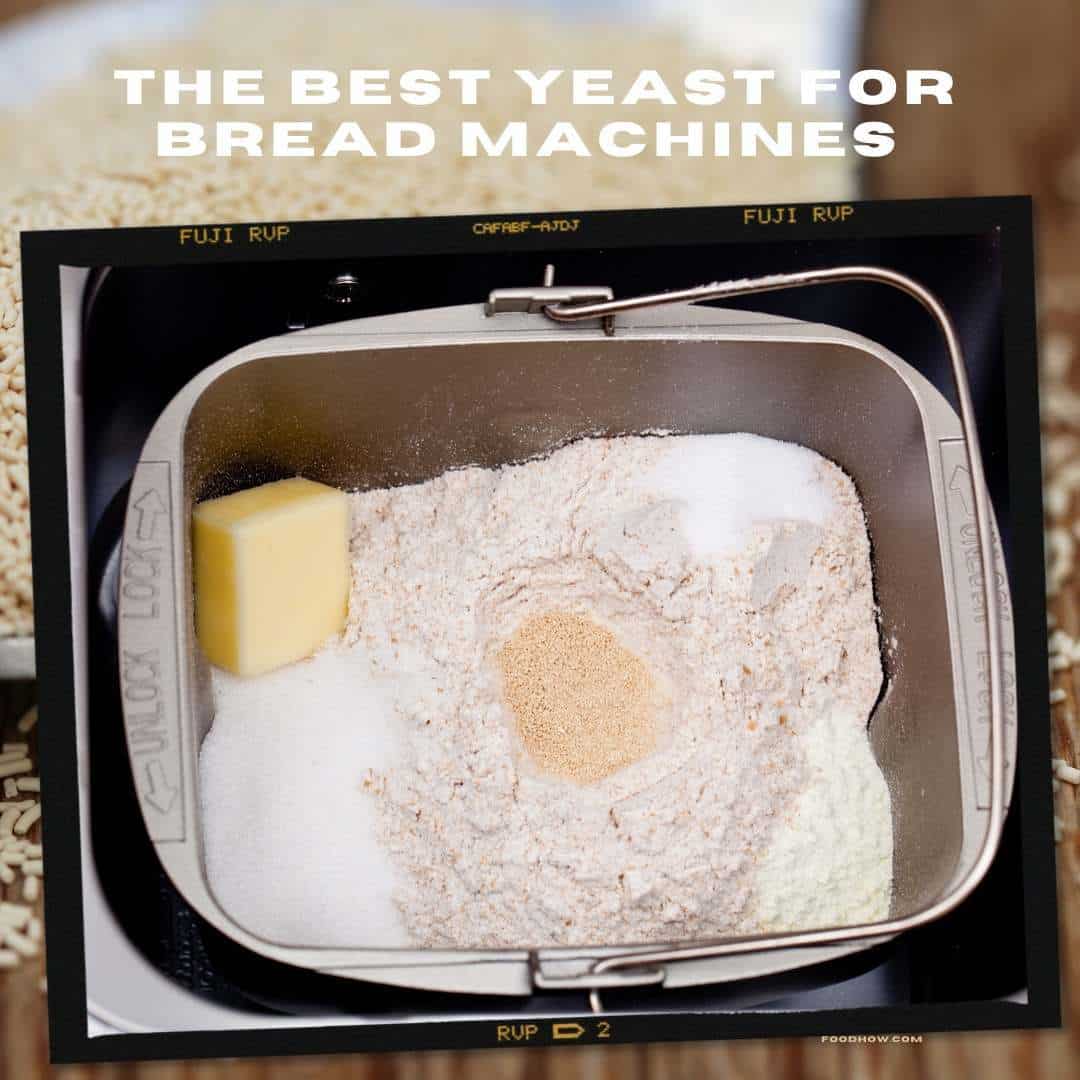
When it comes to choosing the best yeast for your bread machine, instant yeast stands out as the ideal option. Sometimes referred to as ‘bread machine yeast,’ this variety is engineered for quick rising, making it perfectly suited for the relatively short cycles of a bread machine.
If you’re on the hunt for the best yeast for bread machine, I highly recommend giving Fleischmann’s Bread Machine Yeast below a try. It’s an instant yeast that needs just one rise and can go directly into your dry ingredients. Plus, it works in both bread machines and conventional recipes.
TAP ON IMAGE TO VIEW PRICE
Instant Yeast: The Best Fast-Acting Option
For most recipes, you’ll typically use about 1/2 teaspoon of instant yeast for every cup of flour. The ratio may vary based on your machine and the specific cycle you choose. The key benefit of instant yeast is that it’s fast-acting.
Unlike its active dry counterpart, instant yeast doesn’t require a separate proofing step, allowing you to add it directly to your dry ingredients. This is a significant advantage when using a bread machine, which is engineered for speed and convenience.
The Downside of Using Alternative Yeasts
Opting for active dry yeast or other alternatives might compromise the quality of your bread. These types of yeast often take longer to activate, meaning they may not produce enough carbon dioxide in the time that the bread machine allows, resulting in a denser and heavier loaf.
For example, for one-hour express or rapid bake cycles, double or more yeast is necessary to release enough carbon dioxide within a shorter time frame.
You should use 1/2 tsp for every 1 cup of flour for regular cycles when you choose to use active dry yeast.
Following the Manufacturer’s Guidelines
It’s crucial to stick to the manufacturer’s recommendations when measuring ingredients. The required yeast amount can differ based on the machine you’re using and the baking cycle you choose.
For faster cycles like a one-hour express or rapid bake, you might even need to double the yeast quantity to make sure your bread rises sufficiently in the reduced time.
Check out this Simple Honey Oat Bread Machine Recipe (Moist And Fluffy).
Yeast And Traditional Bread Baking
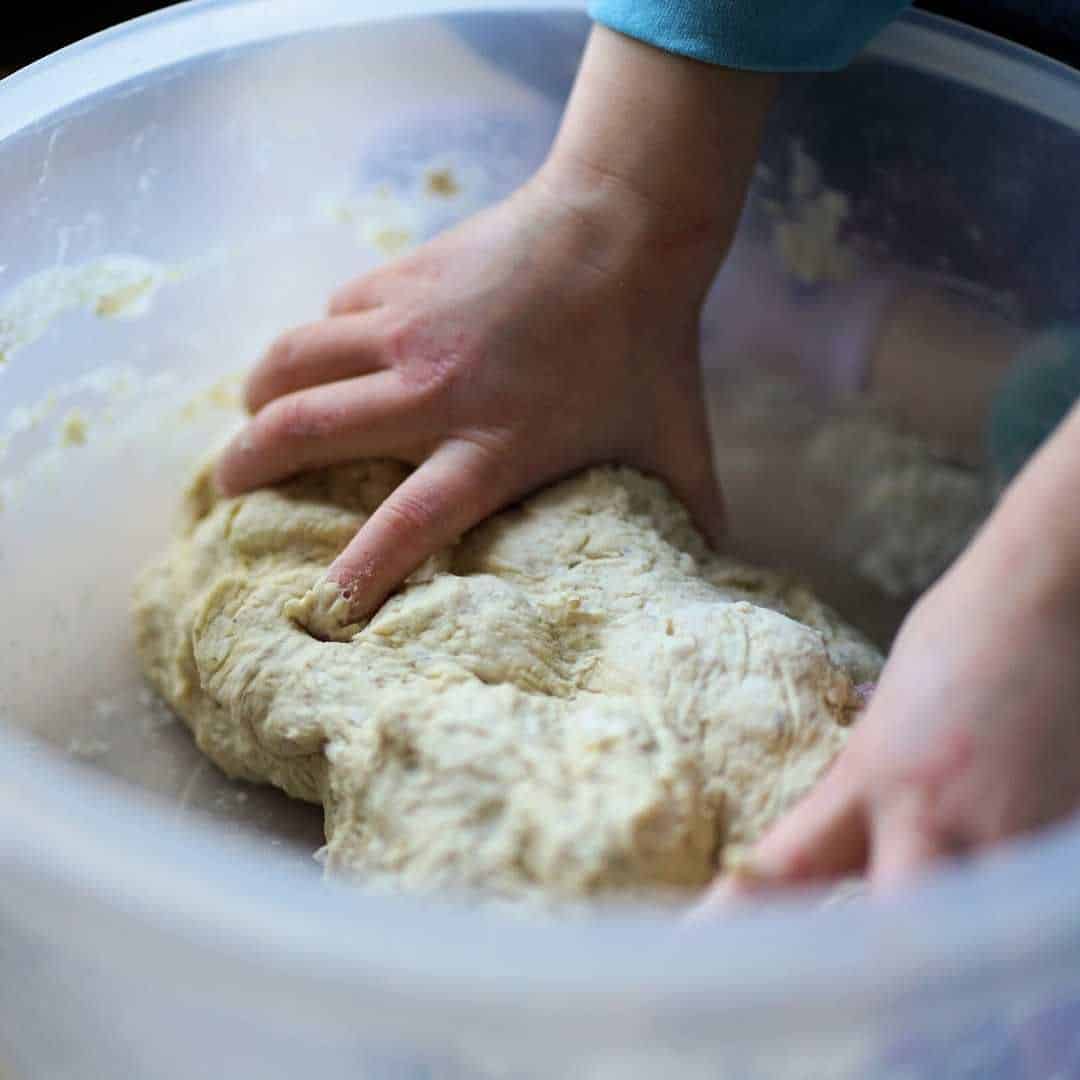
Active dry yeast is the most commonly used option for traditional at-home bread recipes. Any other types work just as well as a substitute, but you will see active dry yeast included in recipes the most because it is easy to use and creates a standard taste and look for your bread.
However, there is more time involved with this form of yeast, so you may want to use an instant or fresh one instead, which skips the proofing step entirely.
Some recipes require you to add specific yeasts in order to create a unique taste, so before making your choice, make sure you know whether or not the yeast type will significantly affect the outcome of your bread.
Now instant sourdough yeasts are available, so you no longer need to endure the long processes involved in getting a fantastic taste from your homemade sourdough. Check out my favorite one here on Amazon.
Bread Machine vs. Oven
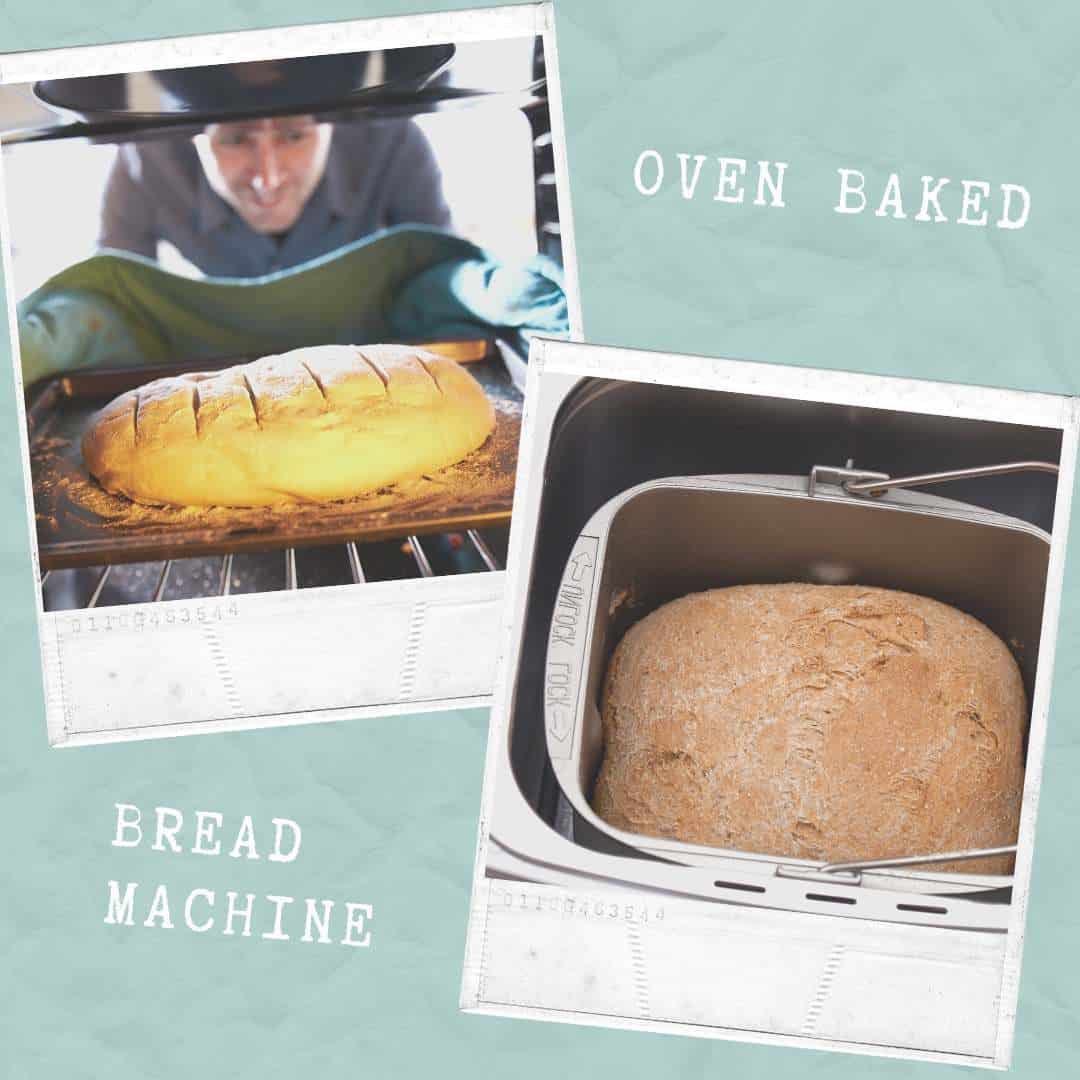
Both baking methods are equally valid, but it will come down to how much of your free time you want to dedicate to creating a loaf of fresh, homemade bread. If you are busy or would like to be working on other parts of a meal while the dough is baking, then it is a good idea to use a machine.
Baking your loaf in an oven, on the other hand, requires careful monitoring and multiple steps. In the end, it comes down to personal preference.
The taste of machine loaves will be more consistent overall since the ingredient mixtures will remain unchanged, and the machine is automatic and will not vary any of the steps. This can make for a more consistent experience.
However, some people think that using an automated machine is not a ‘real’ art of baking and rather an easy shortcut.
Not sure if the bread maker is worth the dough? Find out how much a bread maker really costs, literally and figuratively. Check out my cost calculation for over one year.
If you choose to use a machine, then try not to overload it. You might need to use math to scale yeast amounts either up or down based on your specific machine’s requirements. It will have a manual included that will help you determine how much yeast to use per cycle.
Once you have become familiar with your bread maker and baked a few loaves, the whole process will become straightforward.
Tips And Tricks
Below, I have listed some useful information for anyone who wants some extra tips on using yeast and creating homemade loaves.
Expiration Dates
The older the yeast is, the longer it takes to rise once activated. It is best to use it before the expiration date on the packet for optimal results.
Testing The Viability Of Yeast
You can test the viability of your yeast to make sure it hasn’t aged too much to be used in your bread recipe.
Follow these simple steps.
- Combine 1 Tbsp of sugar and 1/3 cup of warm water in a small bowl.
- Stir in 1 packet of yeast.
- Let stand for 10 minutes.
- If the mixture begins to foam, then it is active and good to use.
Sourdough Starters
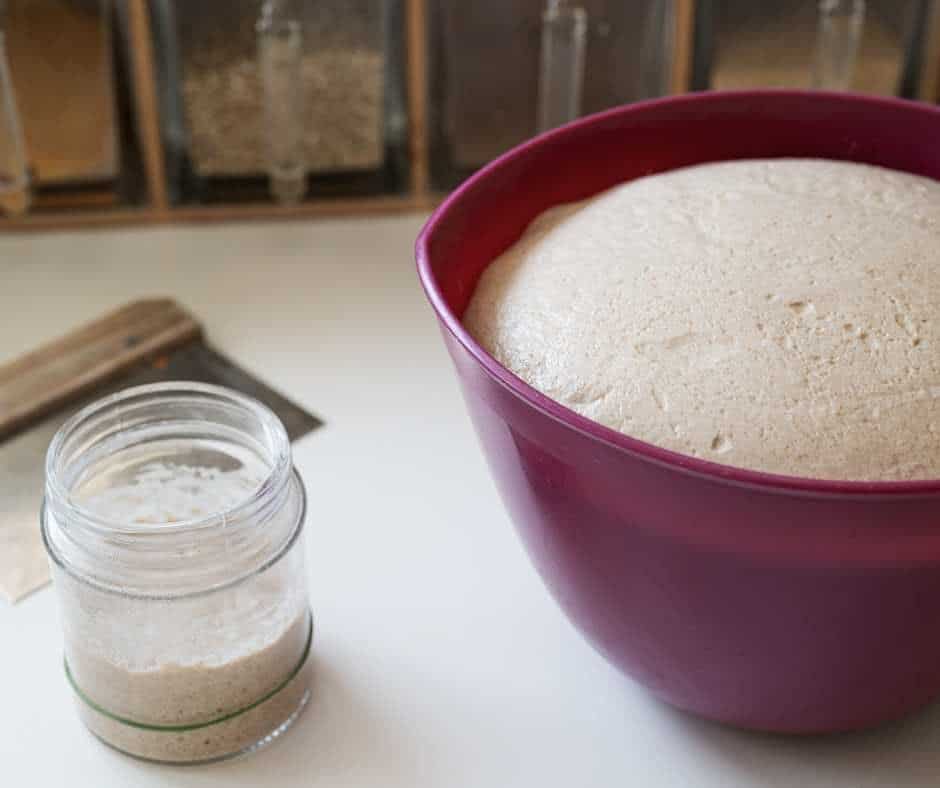
There are plenty of quick, easy-to-follow recipes online for creating the perfect sourdough starter. You can make it with or without yeast.
For the bread machines, there are now instant sourdough yeast packets available to buy for maximum convenience.
When using a bread maker, you may need to add more water or some oil to get the right consistency since every starter batch is slightly different. For bread with more crust, you will want to use water instead of oil.
Looking for bread machine recipes and step-by-step instructions? Check out my top list of 7 bread baking blogs here.
Four Key Takeaways
- Instant yeast is the best option for bread machines, especially when you use shorter cycles.
- Check the expiration date on the packet before using it. For active yeast, proof it to test whether it is still usable.
- Read your appliance manufacturer’s recommendations to determine if it requires more yeast (e.g., for one-hour cycles).
- Store opened yeast in an airtight container at the back of your fridge.
7 Common Bread Machine Mistakes
Watch the video below for 7 common bread machine mistakes that are really easy to avoid.
In Summary
Choosing the right yeast is crucial for perfecting your homemade bread, whether you’re using a bread machine or traditional methods.
Instant yeast, also known as rapid-rise or bread machine yeast, is your best bet for bread machines. It offers quick rising times and doesn’t require pre-activation, making it convenient and efficient.
On the other hand, active dry yeast is more commonly used for traditional baking. It can also work in bread machines, but it’s better suited for longer cycles.
Fresh yeast is another option, although less common. It requires refrigeration and double rising, making it less ideal for machine baking.
Regardless of the type of yeast you choose, always adhere to the manufacturer’s guidelines and check expiration dates for optimum results. Specialty yeasts like osmotolerant yeast are also available if you’re looking to experiment with flavors.
For sourdough enthusiasts, instant sourdough yeast packets are now available to make the process more convenient.
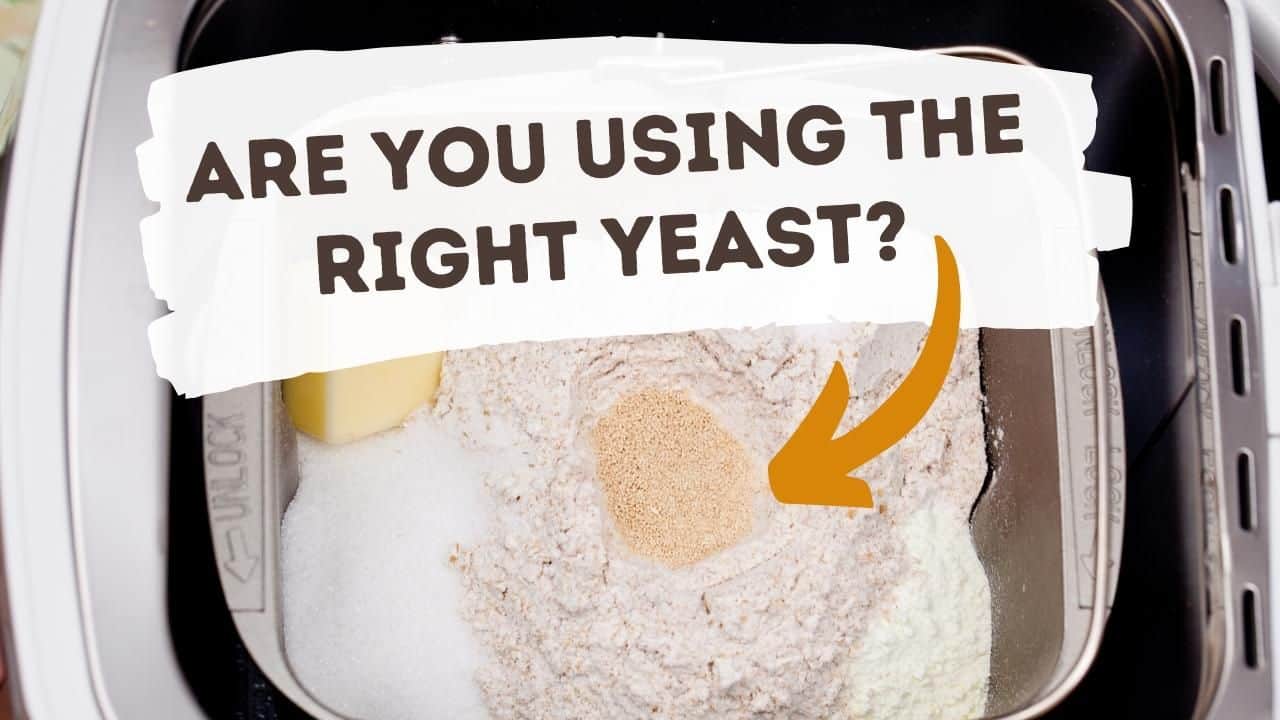

Found my ‘like new’ Williams and Sonoma bread machine at Goodwill, half price $12.50. I make up baggy packets with all dry ingredients except yeast which I add at the time of making bread according to directions. Liquids first, dry packet next, yeast on top of dry ingredients. Start machine…voila, fresh, baked bread.
I love making bread in my bread machine, and the yeast I like to use is Fleischmann’s. It’s the best yeast for making bread, and it’s also very tasty. I once made a loaf of bread with this yeast, and it was so good that I ate the entire thing myself! Merry Christmas!
As someone who has used several different yeast in my bread maker, I can confidently say that the best yeast for bread makers is instant yeast. Not only is it super convenient and easy to use (no need to proof it before adding it to the dough), but it also produces consistent, reliable results every time. I’ve found that active dry yeast can be a bit hit or miss in bread makers, sometimes leading to uneven rises or subpar texture. On the other hand, instant yeast has never let me down. It’s my go-to for all of my breadmaker recipes, and I highly recommend giving it a try.